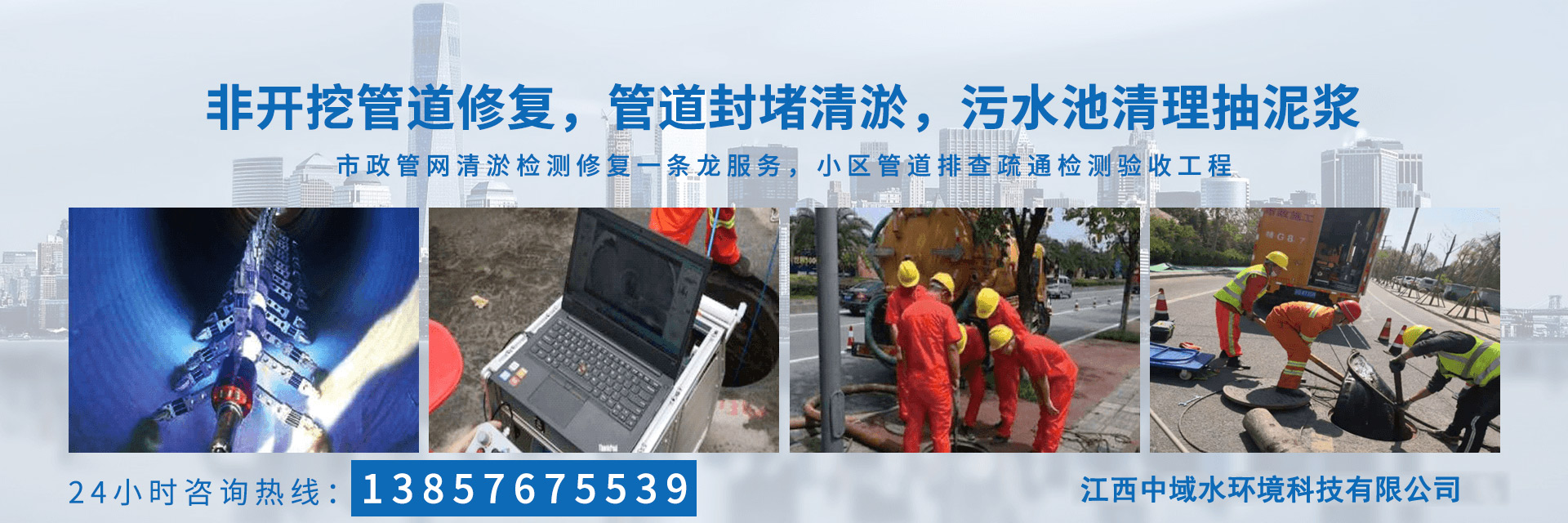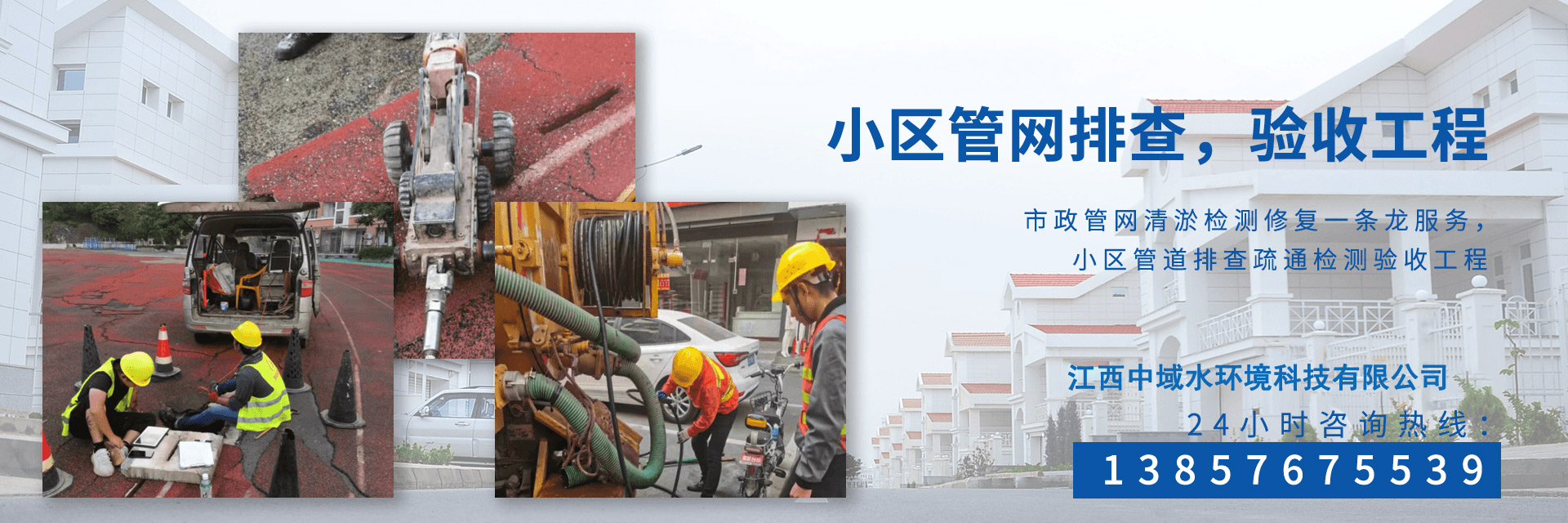Fu Ding Sewage Treatment
發布日期:2023-05-19 17:27:32 瀏覽次數:10Basic Methods of Sewage Treatment
There are three main methods for treating sewage in Fu Ding:
- Physical treatment
- Chemical treatment
- Biological treatment
Physical treatment involves the removal of solids and suspended particles through various processes, including sedimentation, filtration, and flotation. Chemical treatment uses chemicals to coagulate and flocculate suspended particles, making them easier to remove. Finally, biological treatment uses microorganisms to break down organic matter in the sewage. These methods are often used in combination to achieve the best results.
Sewage Treatment Process in Fu Ding
The process of sewage treatment in Fu Ding involves the following steps:
- Screening: The sewage is passed through a screen to remove large solids.
- Primary Treatment: The sewage is settled in a primary clarifier, where heavy solids settle to the bottom and are removed as sludge, while lighter particles float to the surface and are skimmed off.
- Secondary Treatment: The liquid from the primary clarifier is transferred to a secondary clarifier, where it is aerated and microorganisms are introduced to digest any remaining organic matter.
- Tertiary Treatment: Finally, the sewage is filtered through sand beds and treated with UV light to remove any remaining contaminants before being discharged into the environment.
Benefits of Sewage Treatment
The benefits of sewage treatment in Fu Ding are numerous. Firstly, it helps to protect the environment by removing harmful pollutants from the sewage before it is discharged into waterways. This, in turn, protects wildlife and aquatic habitats. Secondly, it helps to prevent the spread of waterborne diseases by removing harmful pathogens from the sewage. Finally, it helps to conserve water resources by treating sewage and making it safe for reuse in irrigation and other non-potable applications.
- 上一篇:深圳市政管道檢測維修項目
- 下一篇:信陽非開挖管道修復項目介紹










